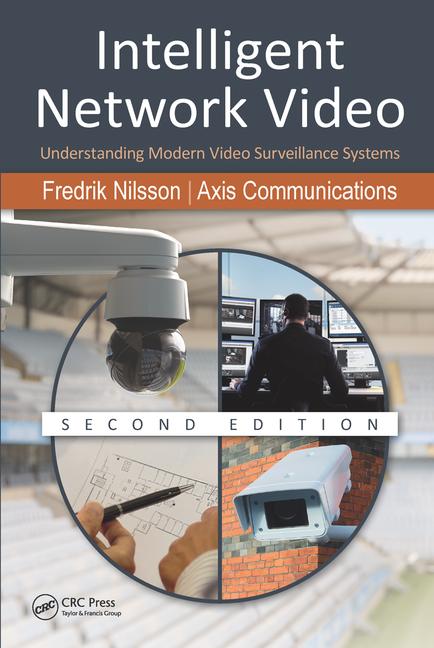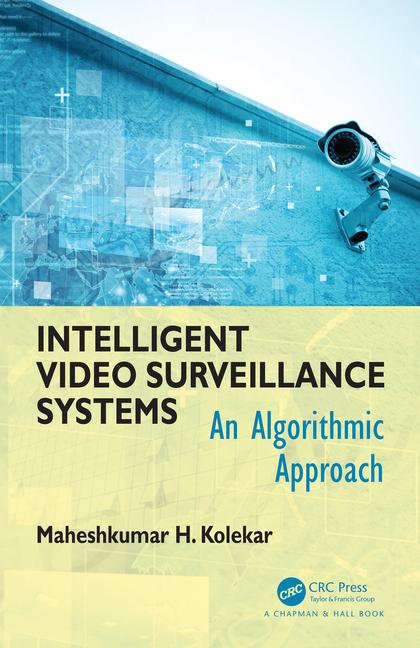How Video Management Systems Can Open the Door to Bigger Budgets
Can Your VMS Help Marketing, Operations and Safety Find Inroads to Efficiency?

“You can’t always get what you want.” It’s an anthem that security executives have heard time and time again. Security budgets are tight, often cut further when a revenue-generating department needs more budget to work with or the enterprise has a bad quarter. However, for the security director who thinks outside the security department, additional funding can be unearthed.
As surveillance cameras’ chipsets become more advanced and high-end systems become more affordable, security leaders have access to wider ranges of effective analytics within their surveillance systems. “Effective” is a key word here. While analytics have been in play for several years now, they have not always been reliable and they were often difficult to use. Due to improvements at the camera level and the video management level, whole enterprises – not just security – can find value in video surveillance investments.
According to Grant Cowan, Director of National Accounts for Salient Systems, cross-departmental benefits for video surveillance are feasible in a number of verticals, and retail is an easy example: For a retail end user, a regional operations manager may have wanted to check each store in the territory to ensure that merchandise is properly placed, the store opened properly, the correct endcaps were set up, and everything was coordinated with the weekly circular or marketing efforts.
“Typically, in the past, you’d have a person from the company who would have to be on-site to verify these things” says Cowan. With a video management system, “you use your iPhone or your iPad and be able to look at video, and you can very quickly and cost-effectively use a traditional loss-prevention system for operational gains. Anything I’m looking for (marketing, end caps, procedures), I can verify those remotely and not have the costs of having a person in the field: travel costs, human resource cost of having a person out of the office… those types of things can be very easily accomplished by having a remote video system and video management software to log in and look at not only one building but hundreds of locations within a matter of minutes.”
In a logistics operation, such as shipping or freight hauling, a business professional could use the video system to monitor business efficiency. By leveraging situational and operational awareness, the business could save a few minutes’ work every day by changing forklifts’ routes, which could add up to significant improvement in a year’s time.
“We look at all the different machines they’re using, and analyze it almost like an instant replay at a sports event,” adds Cowan. “I can look at all the different machines and determine what’s going on there: Is my business operating efficiently? Are my forklifts operating efficiently? Are my trucks coming in and out of the lot efficiently? Can I correct some behavior that isn’t necessarily a safety problem now but could become one – people driving the wrong way or driving too fast – things that may end up costing me money in the future? Can I take action before it costs my business money?”
So what has changed that allows businesses to get more out of their video surveillance systems than ever before? Cowan cites three main factors:
- The ability to have higher bandwidth – In the past, IT departments may not have invested capital or operating budget for higher bandwidth to non-essential locations like warehouses, retail branches or other facilities. Lower-cost bandwidth options now mean people can have more cameras looking at more sites.
- Megapixel cameras – The influx of megapixel cameras at lower costs means that enterprises can put in fewer cameras without sacrificing high-quality detail.
- Moving away from limited or site-specific video management solutions – “One thing that turns customers off existing DVR systems or entry-level NVR systems is the inability to have an enterprise feel for the system, where I have to log into each location. Our customers want to be able to log into one system and see hundreds of cameras and locations at a few clicks of a mouse.”
How does a video management system bring value back to the business, though? Cowan recommends starting by considering one of the most finite resources your enterprise has: personnel time.
“If an operator on the system is taking copious amounts of time to log into their DVR or NVR, entry-level system, and it takes a long time to navigate and for the video to come up, it’s hindering your operations. By using a VMS platform that centralizes your enterprise deployment, we can cut minutes and hours off their investigations times, their ability to handle logistics and safety questions… if we can help them save time, that’s probably the most helpful resource a VMS can offer the customer, just to give them back the time they would have spent navigating that older system.”
How does that translate to ROI and a wider budget? If the marketing department wants to verify end caps are set up appropriately across 100 retail branches every Monday, an effective and user-friendly video management platform can enable security personnel or marketing personnel to make that query in minutes, rather than the hours it could take to log into each store’s surveillance system individually. The easier other departments find it to work with security’s resources, the more willing they may be to help invest in improving or sustaining those resources moving forward, Cowan says.
This isn’t always easy for security professionals, however. Especially in historically siloed enterprises, marketing and operations teams may be stuck in their ways, and security’s goal is to build a consensus, working with multiple departments to understand what value their security system can provide. “We want them to go in and work with all of the teams they have to and expand out, asking other divisions and teams within their company what they need from a video system,” says Cowan.
The key is to gather this intelligence ahead of time, especially where analytics are concerned.
“One of the biggest things customers ask about is video analytics and how to make that work. What we know is that there’s lots of options for video analytics. Customers often look at one thing and they don’t realize what else is available; they don’t educate themselves. We can help you to that.
“Think of it like buying a new car and use that same process,” Cowan continues. “We go out and help you evaluate analytics, because analytics might mean one thing to me, one thing to you, one thing to a customer. We want to try to figure out what the customer’s interested in and then work with our software team to find the right solution for that customer and allow them to test-drive analytics or evaluate them correctly so they know exactly what they’re getting and how it’s going to help them.”
Working with a vendor with a “consultant state of mind” can help adjust expectations on analytics, tailor a suite to fit each enterprise’s unique requirements, and help find additional stakeholders and budget resources, says Cowan.
Looking for a reprint of this article?
From high-res PDFs to custom plaques, order your copy today!









